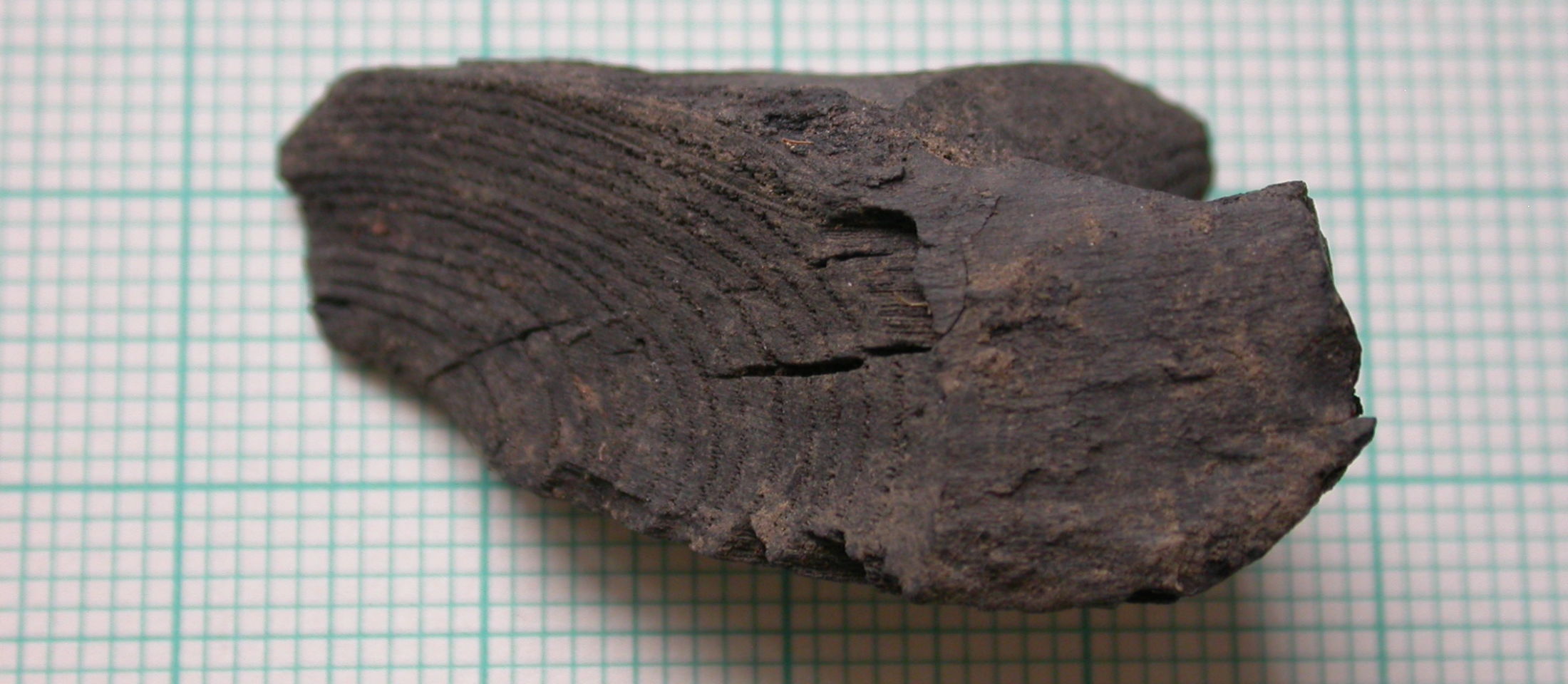
Fraxinus worked fragment - Historic England

Fraxinus worked fragment - Historic England
In 2013 Historic England Archaeology excavated a series of post-Medieval charcoal burning platforms in Barbon, Cumbria. These sites show the historic connection between ash and the production of charcoal across the country. Traditionally, charcoal is produced in turf-covered stacks (‘clamps’) often on platforms of leveled ground (either constructed especially or reusing pre-existing features such as hut platforms) or in pits cut into the ground (known as ‘pitsteads’). The replacement of charcoal by coal and coke began in the early 1700s with the industrial revolution, but the use of charcoal as a fuel persisted in the north-west region, for example, charcoal was still being used in the Backbarrow Furnace in the 1920s.
These images show samples of the wood charcoal fragments that were taken from these sites, and the different wood types were identified using a microscope to look at the anatomical features. A range of wood types typically associated with woodlands were identified, of which Fraxinus sp. (ash) was a large component.
Figure a. A fragment of worked Fraxinus sp. wood charcoal. Courtesy of Zoe Hazell © Historic
England). Scale: each tiny square is 1mm.
Figure b. The view down the microscope, looking at the cross section of a piece of Fraxinus sp.
wood charcoal. The growth rings are clearly visible, with the large vessels of the early wood
(formed early in the growing season) following the curves of the growth rings
Courtesy of Zoe Hazell © Historic England). Scale: the diameter of the field of view is 3.30mm.